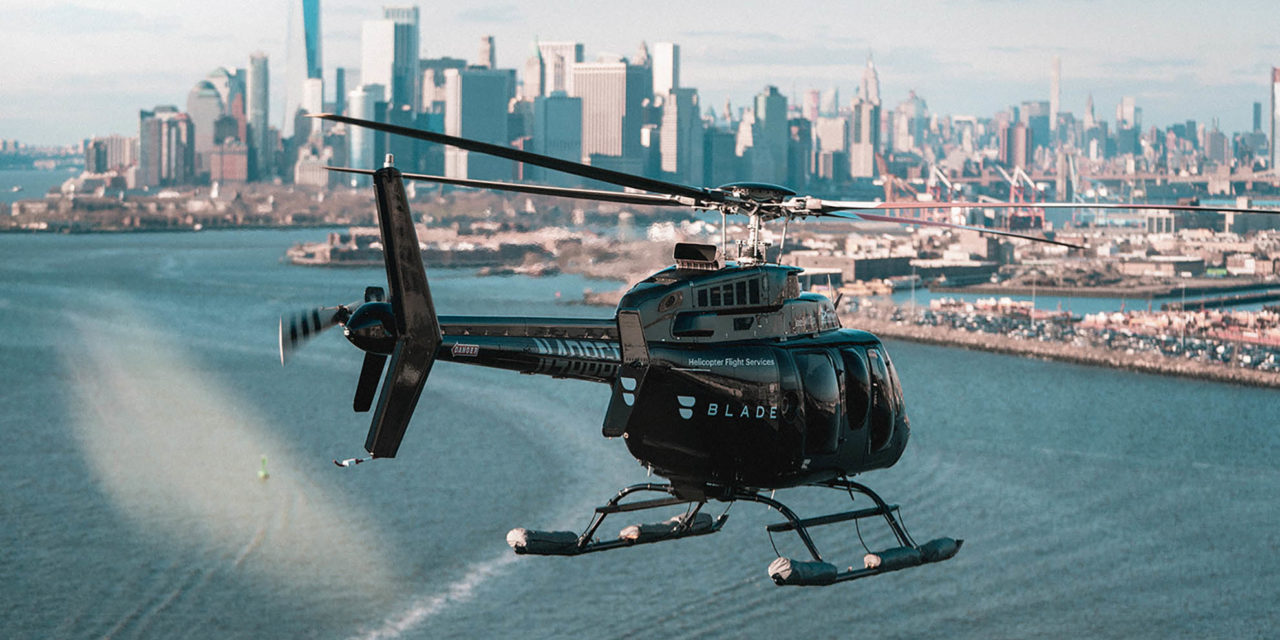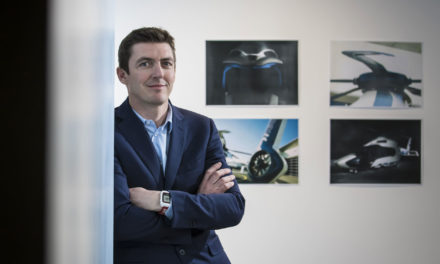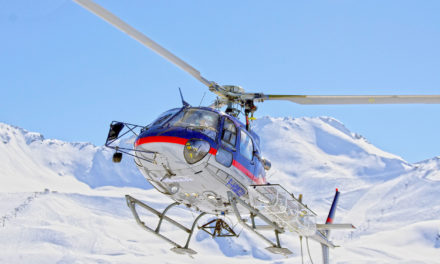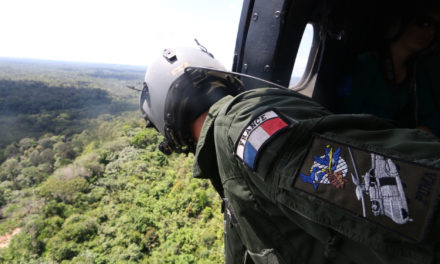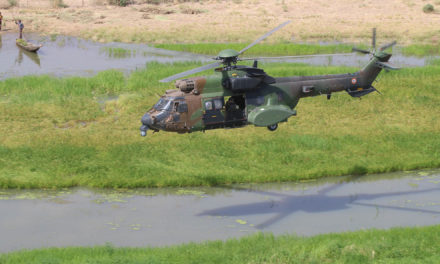Text by David Zara
I have always thought a dichotomy lives at the heart of travel. On one hand, you are poised, and have committed, to wrap yourself in aluminum skin and travel in a metal and composite tube at warp speed across oceans and over mountains and yet, getting to the airport, your launch site, can often take about the same amount of time as fording that very same distance on your journey.
And then, along came Blade. The folks at Blade decided the future ought to be now instead and brought travel forward to its glamorous past. The journey begins with a warm welcome in their beautiful lounges at both the west 30th St heliport and the east 34th St heliport. The rooms ooze a retro cool vibe down to well-stocked bars serving anything including Mad Men era old-fashioned whiskeys. Served neat or on the rocks and proffered in thickset tumblers you’d think they are meant to settle nerves but not one passenger exhibited the slightest bit of apprehension. They instead serve to set the mood, a feeling of ease and “lèse-majesté”.
“Checking in” involved nothing more than showing identification and having a color-coded magnetic wristband affixed to my wrist and carry-on bag. That’s because they were expecting us-not in the way “airlines expect you to show up” but as in “really expected us”. A few minutes later a gleaming Bell 407 in shiny black livery landed and our luggage was loaded while we were still ogling our flying chariot from behind the glass.
A short walk onto the ramp and we were strapped into our seats. We smoothly ascended over the East River heading south. I was lucky to clinch the front left seat and the view was simply magnificent. Clear skies and unlimited visibility with a slight haze floating over the city helped make the day seem even greater than possible. We cut to the east around the Wall Street area and were told to remain north of JFK and prepare to hold for one minute. Runways 22 South and the visual 13L were in use and Kennedy Tower managed to squeeze us in between arriving flying behemoths with nary a hiccup.
Landing is at the General Aviation ramp and the Sheltair FBO. Blade personnel greeted us and led us to a large comfortable black SUV en route to Terminal Five to board our flight. The driver knew our names and where to take us. Not one word needed to be exchanged. It simply doesn’t get much better. The flight cost $190 per person. Easy decision when executive car service to the airport costs about $150. Flights run all day until about 7pm but charters can be arranged any time. My flight was scheduled to depart at 3:29 pm and normally I’d start heading out the door around 12:30 pm. I left home on Manhattan’s Upper West Side at 1:35 and still managed to enjoy my stay in the Blade lounge. A 15minute show leaves plenty of time to check-in and I use the term liberally as there is practically no procedure besides confirming your identity. The work is done ahead of time by the Blade staff.
Helicopter service is not new to New York but well-executed scheduled service is. A company named New York Airways offered scheduled service to JFK from East 34th in the sixties and seventies with Sikorsky 58 double-deck helicopters. They rode NY’s economic ups and downs as best they could and eventually folded scheduled service sometime around the mid to late eighties. New York Helicopter, a successor eventually appeared with older Sikorsky 76 aircraft based out of Bridgeport, Connecticut and they lasted a brief couple of years from about 2006 to 2009. Scheduled service to the area airports proved to be a difficult nut to crack. Blade’s approach is more luxury-oriented yet equally, if not more, efficient. New York City is one of the most densely populated areas in the world and it is crisscrossed by roads in desperate need of serious maintenance. They are often clogged and the asphalt arteries linking the city’s three major airports notoriously more so. 15 to 20 mile trips can often last 2 hours with no guarantee of arrival times served cold with large doses of stress added for extra zest. Blade’s mission is to shrink time and distance while providing some much needed serenity. New York’s weather may veer towards extremes of cold and heat alike but it’s surprisingly clement for flying. While cities like Paris, Milan and London may have more temperate thermometer readings, New York has far more sunny days and the flight crews navigating its complex airspace only need to remain clear of clouds to fly. Flights rarely need to be cancelled for weather.
There are now three active heliports in the city on East 34th St, West 30th and downtown near Wall Street. While under constant assault by local politicians looking to pander to the populist vote, New York City has a rich history of whirly bird aviation. Beginning in 1956 when the East 34th St heliport (6N5) opened. Residents of a newly built residential complex successfully lobbied for scheduled services to be banned from the pad and brought a halt to night and most weekend operations. This was an absolute travesty as the heliport preceded the building by decades and prospective residents knew full well of its existence and got cheaper apartments precisely because it was near a heliport.
Helicopter operations proceeded elsewhere through the seventies when the Pan Am building atop Grand Central Station hosted helicopters. The East 61th St heliport was often the preferred conduit to the Upper East Side until the Wall St Heliport took up the slack but it too became a victim of development and now hosts a park few people seem to use. The Wall Street heliport was built in 1960 and has become the largest heliport in the city and the epicenter of sightseeing flights for tourists. The West 30th heliport (JRA) was opened in 1956 and has been in constant operation since then with scheduled and private operations throughout the day. The New York City area is the busiest airport system in the United States. John F. Kennedy (JFK), Newark Liberty (EWR) and La Guardia (LGA) are the three major commercial airports along with Westchester County (HPN), Teterboro (TEB), Caldwell (CDW), Trenton (TTN), Stewart (SWF), Morristown (MMU), Islip (ISP) and Farmingdale (FRG) and a host of smaller airports taking up the slack. Despite the high number of flights, NYC controllers are undoubtedly the best and always seem to find the time to assist VFR flights in the area.
Oh, lest you think I forgot to time the experience. The flight took about 5 minutes, paradoxically I wish it had lasted longer, it’s truly that nice. The ride to the terminal took about 6 minutes and the whole mythical door to door-or more precisely gate to counter-about 20 minutes. Ultimately, the question is simple, namely what is time worth? It’s the one constant we will never get back. Blade answers the question with a simple solution: it shaves time off the trick to the airport but makes it fun in the process. Some might call this procedure chemistry but I think of chemistry as a dry science.
I think Blade has added something almost mystical and whimsical to travel. I therefore call it alchemy.

